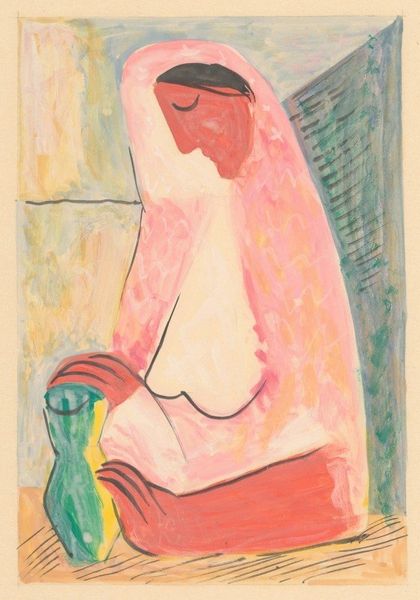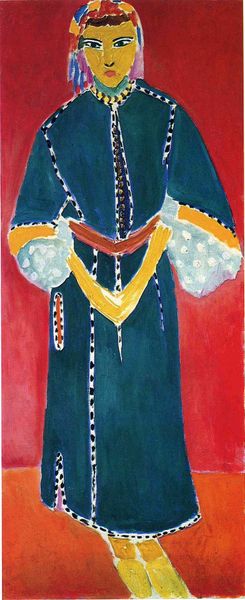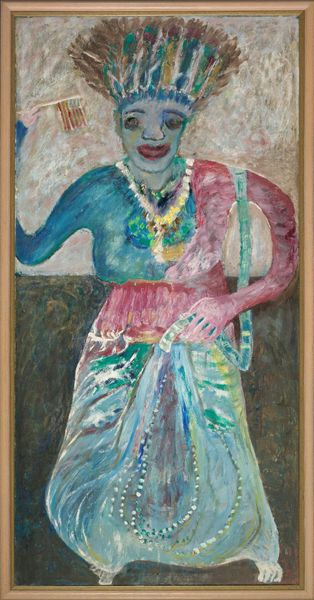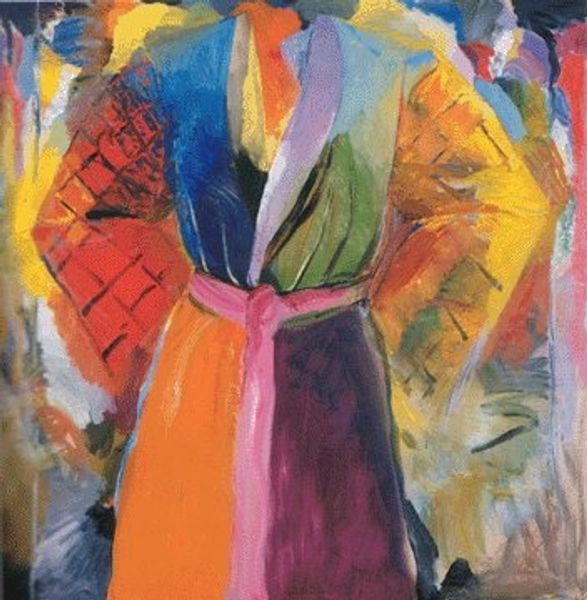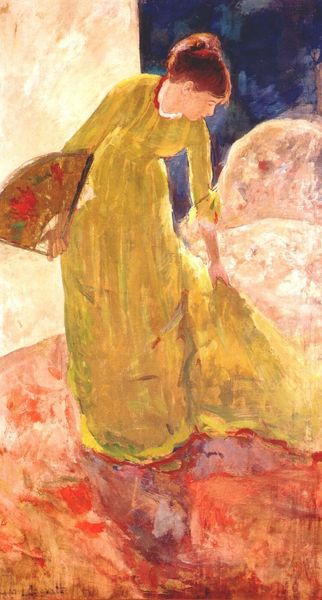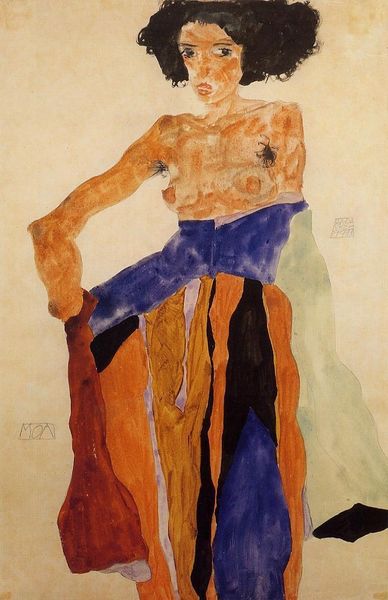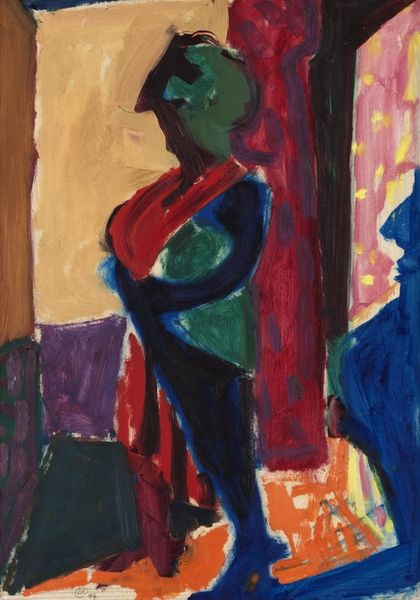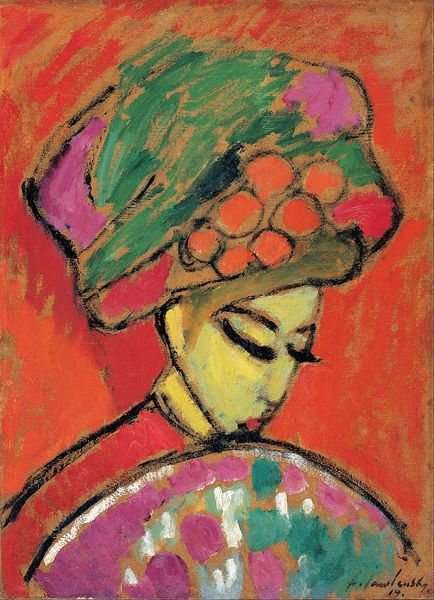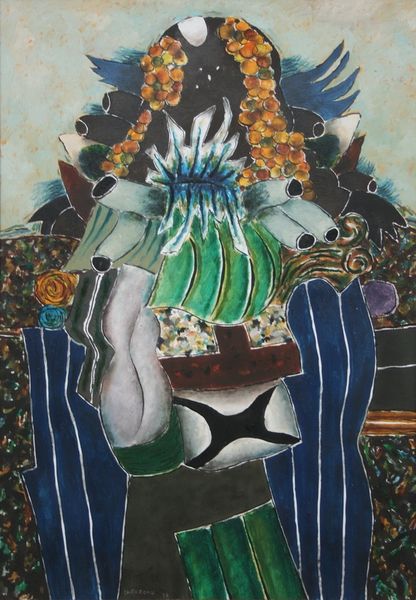
Copyright: Public domain US
Editor: Here we have Henri Matisse’s “Fatma,” painted in 1912. It's an oil painting, and the figure’s vivid, almost unnatural, skin tones immediately caught my eye. What's your take on this piece? Curator: This work, painted during Matisse's time in Morocco, highlights the complex relationship between European artists and the "Orient." The figure’s attire points to local traditions, but Matisse's rendering is undeniably filtered through a Western lens. Think about the cultural and political implications of a European artist representing a woman from a vastly different culture. What is being shown? And perhaps more importantly, what is being left out? Editor: That’s a good point. I was focused on the colors and the figure itself, not the broader historical context. Is it fair to see this as a representation, or even a kind of appropriation, of Moroccan culture? Curator: The term "appropriation" is loaded, but relevant here. Many artists were drawn to North Africa and the Middle East in the late 19th and early 20th centuries, fueled by colonial narratives and exotic fantasies. Matisse, like many of his peers, sought inspiration, but this artistic engagement was seldom equal. Did it reflect or exploit existing social power structures? How do the vibrant colors reinforce the 'otherness' of the sitter? Editor: It makes me see the painting in a totally new way. So it's not just about Matisse's artistic style, but also about his position in society and the power dynamics at play? Curator: Precisely. We need to look critically at how cultural exchange took place, and the art market played a part in the circulation of certain stereotypes about the "Orient." Analyzing such works reminds us of the socio-political dimension that shapes our understanding of art. Editor: This gives me a lot to think about when I look at art from different cultures. I’ll definitely look for signs of the power dynamics when I'm looking at new artworks from now on!
Comments
No comments
Be the first to comment and join the conversation on the ultimate creative platform.

